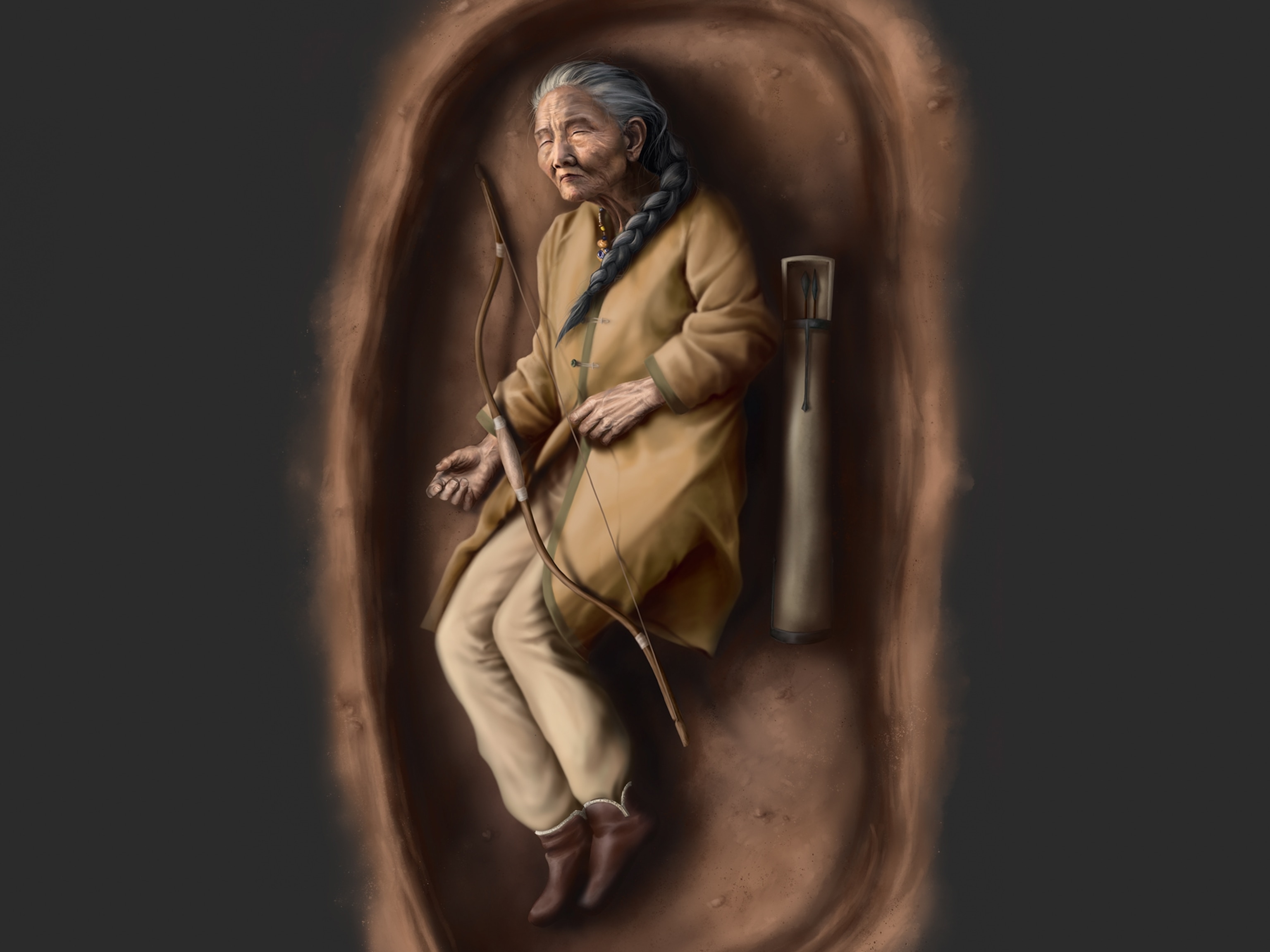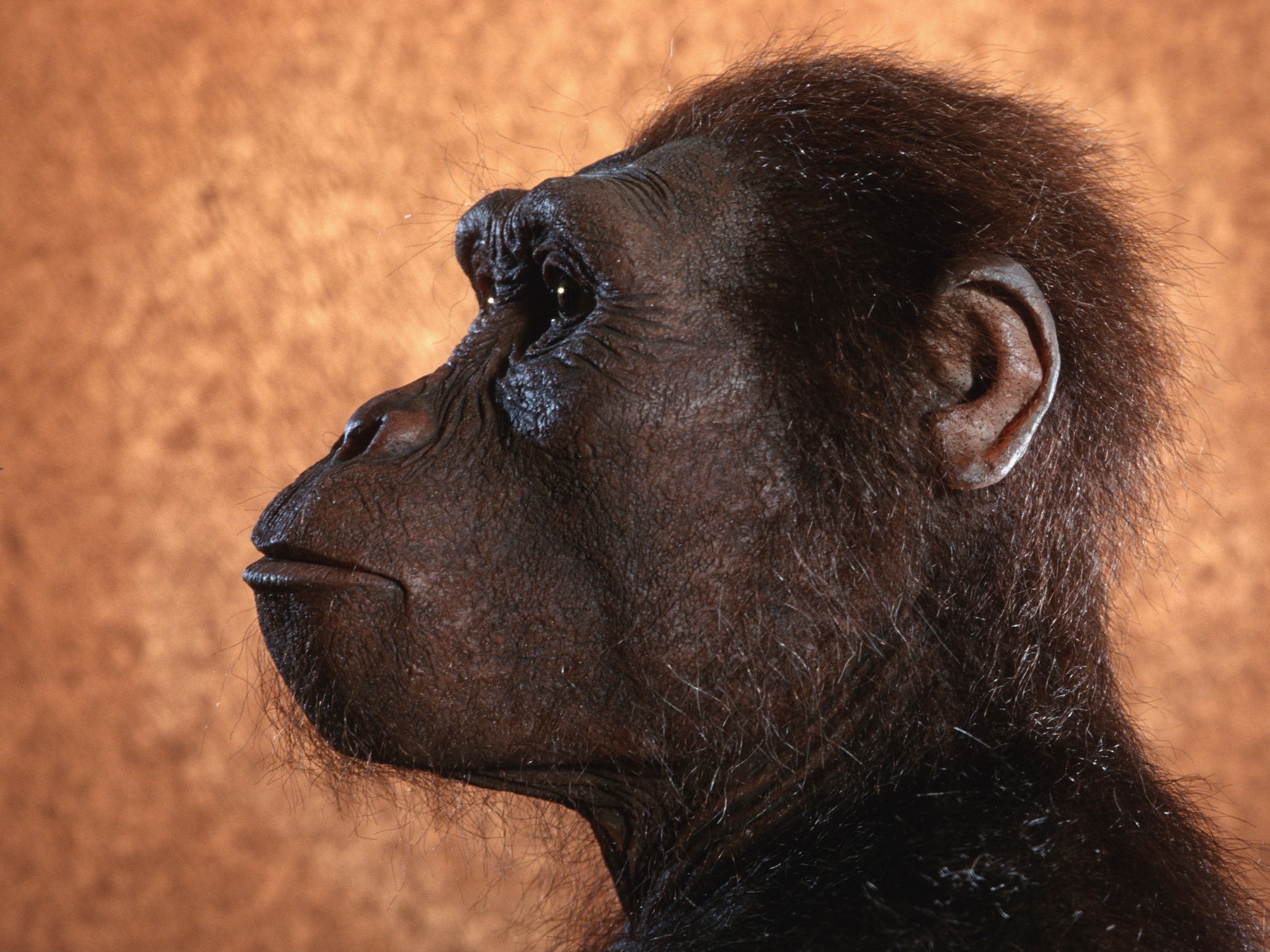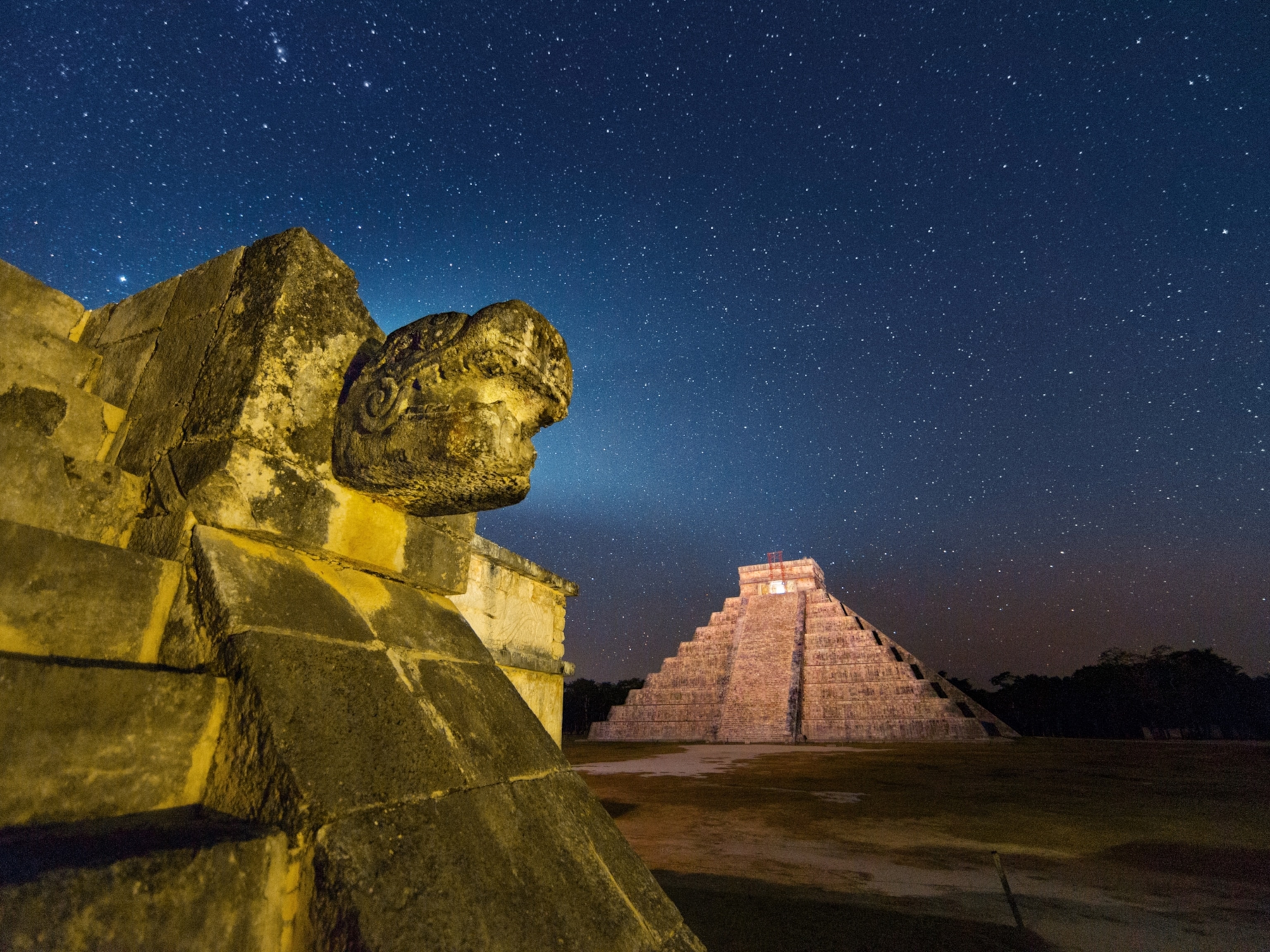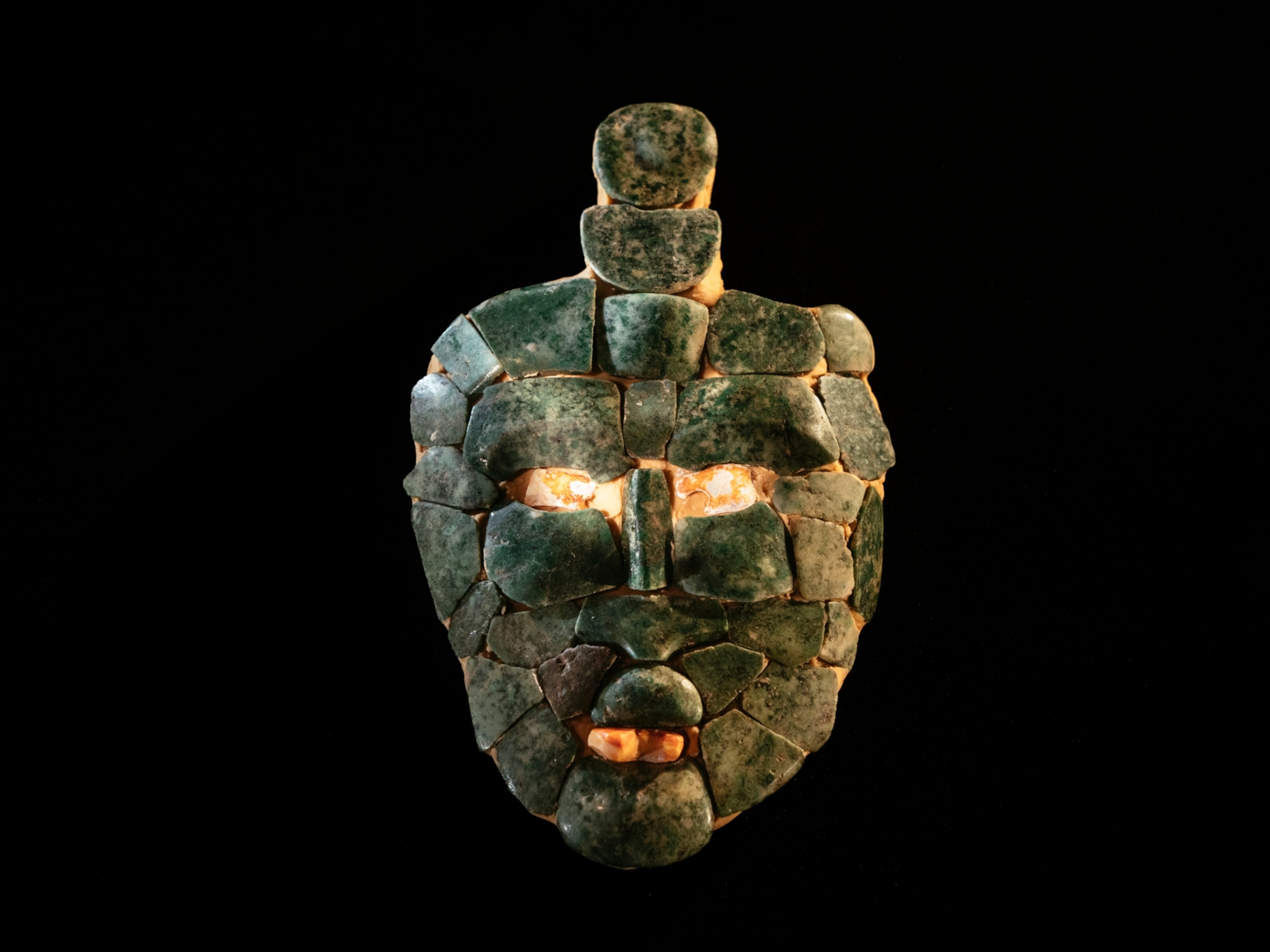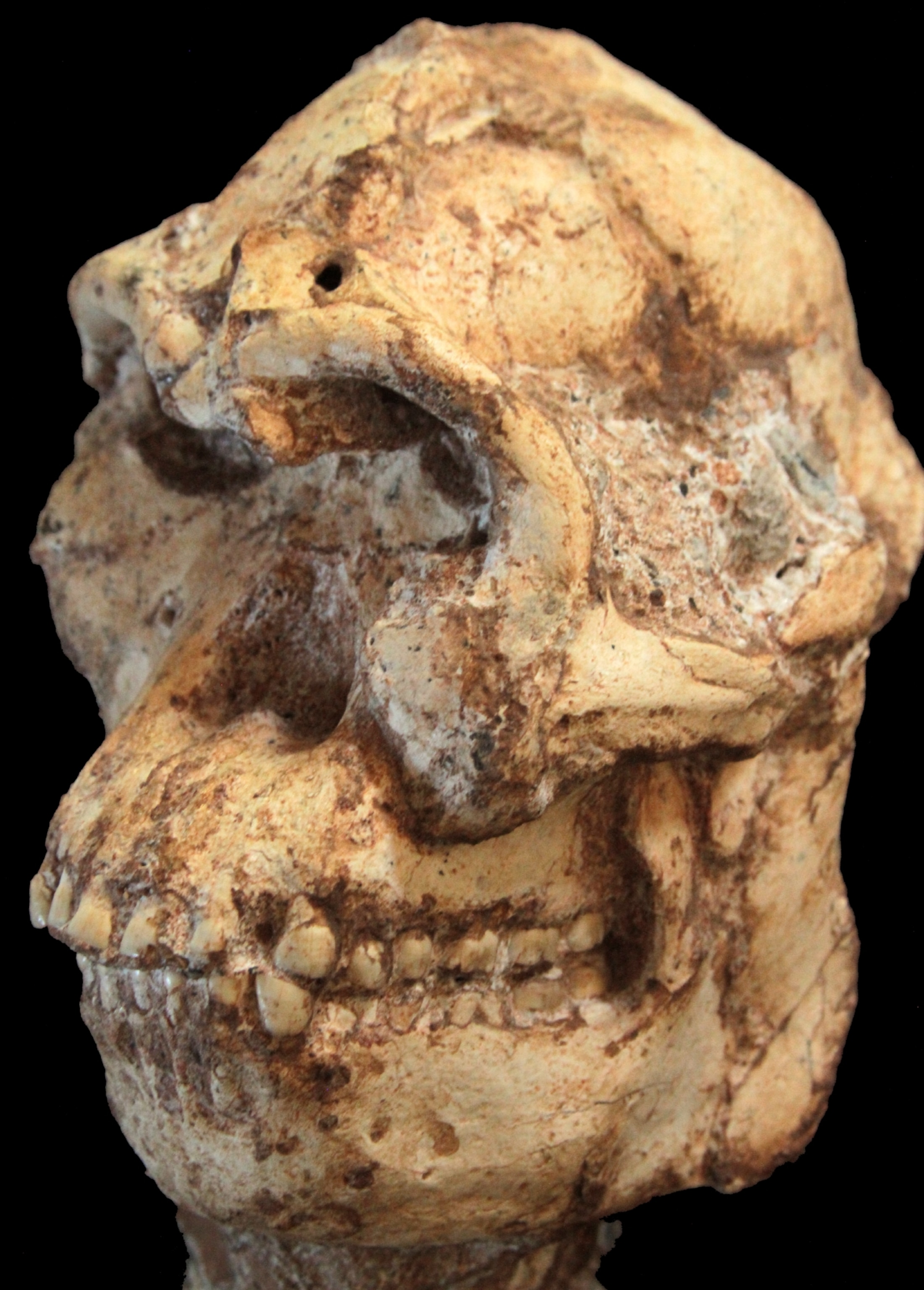
'Little Foot' Fossil Skeleton Rivals Famous Lucy in Age
Four-million-year date for skeleton suggests South Africa figures more prominently in early human evolution than thought.
Little Foot, a South African fossil skeleton as enigmatic as it is spectacular, can now lay claim to being just as old as the far more famous Lucy skeleton from East Africa—at least according to a paper published Wednesday in the journal Nature.
Using a relatively new dating technique that improves dating accuracy for very old samples, the fossil’s discoverer, Ron Clarke of the University of the Witwatersrand, in Johannesburg, and his colleagues now pin an age of almost four million years on hardened sediments surrounding the fossil. If the skeleton itself is that old, it could help push South Africa back onto center stage in early human evolution—a position it relinquished in the 1960s to East Africa, where easily datable volcanic ash layers provide a ready-made time line of species evolving increasingly more human-like features.
“People have said South Africa has good fossils, but we don't know how old they are,” says Clarke. “Now we’re beginning to understand their age. That changes things dramatically.”
With well over 90 percent of its bones intact, in sheer completeness Little Foot easily trumps the Lucy skeleton, which is only 40 percent complete and lacks a head. But while Lucy has vied for a prime position near the root of the human family tree for decades, Little Foot has yet to be unveiled in the scientific literature. Clarke has spent much of the past 15 years painstakingly excavating the fossil from the rock in which it was encased, deep in caves called Sterkfontein, near Johannesburg.
Age Matters
Previous attempts to date Little Foot have yielded highly uncertain results, ranging from 2.2 million years to over 4 million years old. The dating technique used in the new study, called isochron burial dating, calculates the age of a specimen based on when it was last on the surface, exposed to cosmic radiation that produces radioactive isotopes of the elements aluminium and beryllium. When the sediments washed into the cave, the isotopes stopped accumulating, and instead begin to decay at a steady rate. Nine out of eleven samples from rock surrounding the skeleton gave an age of 3.67 million years.
“I’m impressed,” says Troy Rasbury, a geochronologist at the State University of New York, Stony Brook, who was not involved in the research. “This isn’t a hodgepodge of sediments that were dumped together at various times.”
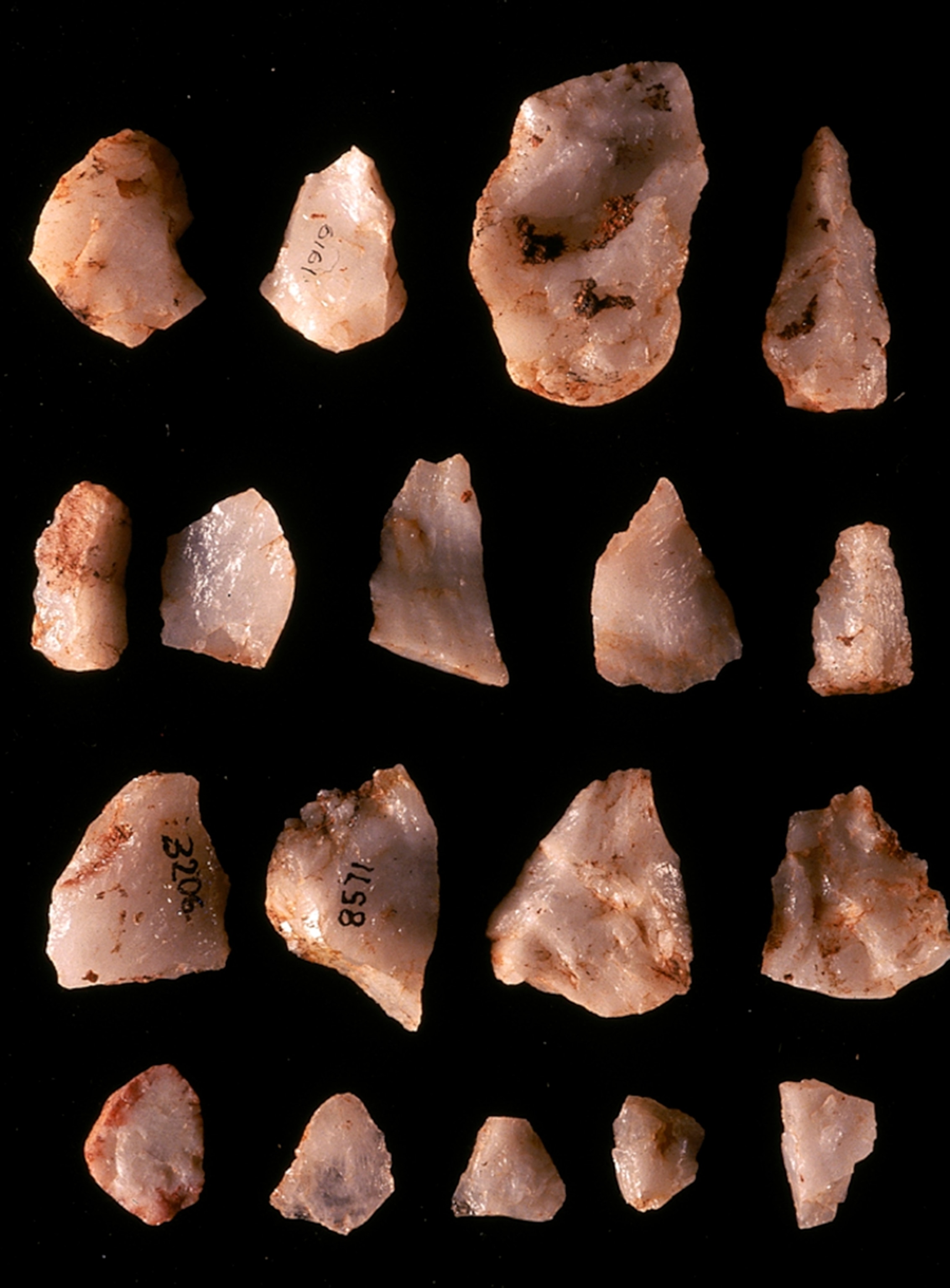
Other researchers, however, remained unconvinced that the skeleton itself is as old as the sediments that surround it.
“We buried a dead squirrel in our back yard in November, 2014,” Fred Grine, a paleoanthropologist at Stony Brook, wrote in an email. “But I think the sand that surrounds it dates back to the last glacial retreat on Long Island.”
Millions of years after the sand crystals washed into the cave, argues Grine, a larger opening could have formed, allowing an ancient human ancestor to tumble in.
“There’s no evidence anything like that happened,” says co-author Darryl Granger, a geochemist at Indiana’s Purdue University who performed the dating of the sediments. In addition to fine sediments, he says, samples from large rocks surrounding the skeleton were also tested, making it unlikely that the skeleton insinuated itself among the samples at a later date.
Like other, younger fossils previously found in Sterkfontein, Little Foot is a human progenitor called an australopithecine. Its species’ name remains uncertain—most researchers think it is likely Australopithecus africanus, a species long known from South Africa, while Clarke prefers to call it Australopithecus prometheus.
Whatever its species, the skeleton is clearly different from Lucy’s species Australopithecus afarensis, which is known only from East Africa. The older date for Little Foot doesn’t necessarily relegate A. afarensis to a lesser role in the human evolutionary story, but it does suggest that story was populated by a diversity of characters deep in time, and spread across Africa.
Follow Jamie Shreeve on Twitter.

